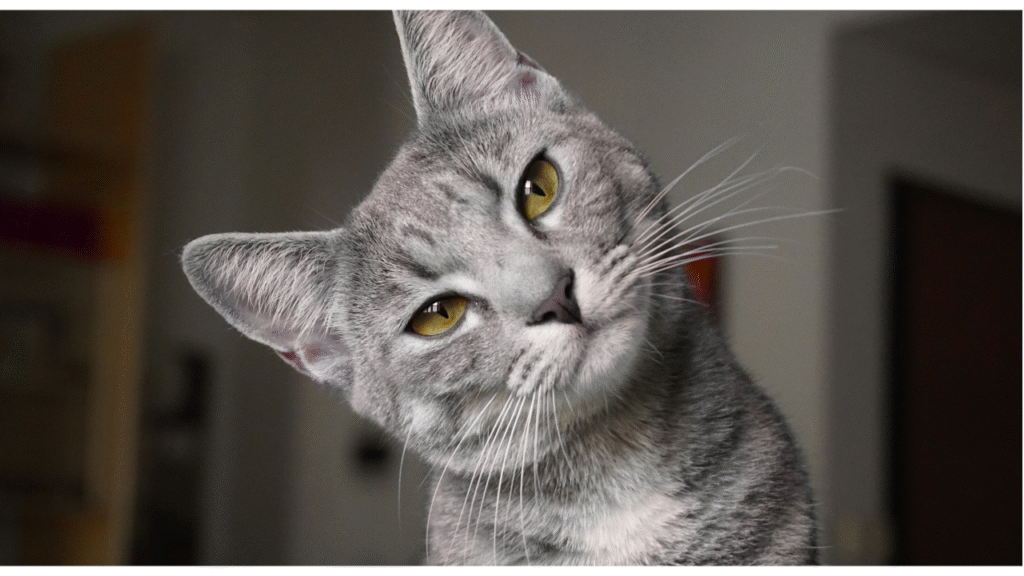The Truth About Cats and Allergies
Cats are beloved companions for millions, but for some, they come with an itchy, sneezy downside—allergies. It’s a common belief that cat fur is to blame, but the real culprit is something else entirely.

What Actually Causes Cat Allergies?
The primary allergen is a protein called Fel d 1, found in a cat’s saliva, skin, and dander (tiny flakes of skin). When cats groom themselves, this protein spreads onto their fur and into the air, triggering allergic reactions in sensitive individuals.
Common Symptoms
Cat allergy symptoms can range from mild to severe and often include:
- Sneezing
- Itchy, watery eyes
- Nasal congestion
- Skin rashes or hives
- Asthma attacks (in severe cases)
Can Hypoallergenic Cats Help?
Some cat breeds like the Siberian, Balinese, and Russian Blue are said to produce less Fel d 1, making them better for allergy sufferers. However, no cat is truly hypoallergenic—just less allergenic.
Managing Cat Allergies
You don’t always have to give up your cat. Here are some ways to reduce symptoms:
- Frequent grooming (preferably by someone without allergies)
- HEPA air purifiers to filter allergens
- Wash hands after petting
- Keep cats out of the bedroom
- Vacuum regularly using a filter-equipped vacuum
- Talk to a doctor about allergy medications or immunotherapy
Final Thoughts
While cat allergies can be challenging, understanding their cause can help you manage them effectively. With the right strategies, many people can live happily—even with their whiskered roommates.








